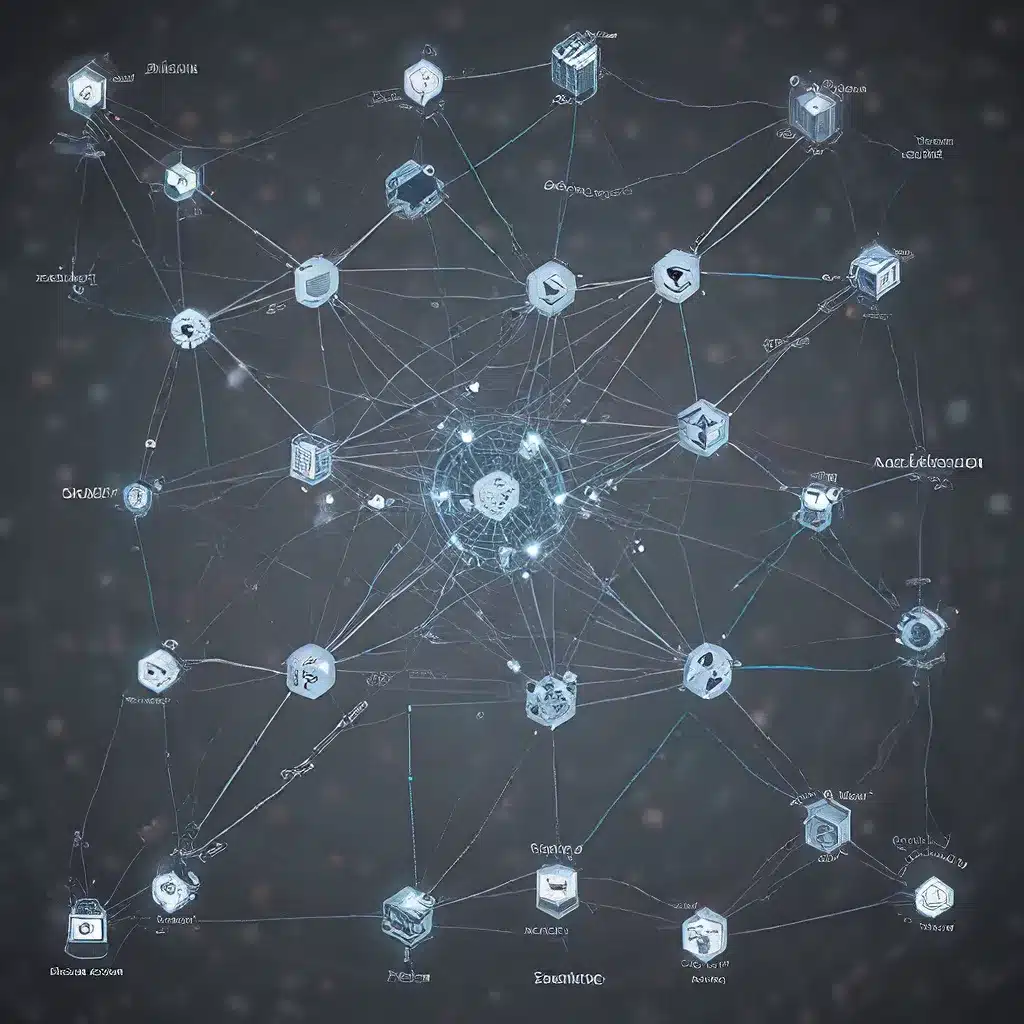
Transforming Sensor Networks: From Passive Monitoring to Collaborative Decision-Making
The world of sensor networks has evolved beyond passive data collection, embracing a new era of collaborative sensing and distributed intelligence. As the Internet of Things (IoT) continues to permeate our lives, the need for efficient, secure, and adaptable sensor network architectures has become paramount. In this article, we will delve into the innovative algorithms and protocols that are redefining the landscape of sensor networks, enabling more collaborative and energy-efficient approaches to data gathering, processing, and decision-making.
Distributed Sensing: Overcoming the Limitations of Centralized Systems
Traditionally, sensor networks have relied on a centralized approach, where data is collected from various nodes and aggregated at a central control point for analysis and decision-making. While this model has its merits, it also presents several challenges, including scalability issues, single points of failure, and increased latency in time-critical applications.
Distributed algorithms have emerged as a powerful solution to these limitations, facilitating a more collaborative and resilient approach to sensor network operations. By empowering individual nodes with the ability to make local decisions and coordinate with their neighbors, these algorithms enable sensor networks to adapt to changing environmental conditions, optimize resource utilization, and respond faster to dynamic events.
Collaborative Sensing Strategies: Harnessing the Collective Intelligence
One of the key advantages of distributed algorithms in sensor networks is their ability to foster collaborative sensing strategies. By leveraging the collective intelligence of the network, these algorithms can improve the accuracy and reliability of data collected, as well as enhance the decision-making process.
Sensor Network nodes can coordinate their sensing activities, share information, and collectively respond to changes in their environment. This collaborative approach can lead to more efficient coverage, reduced redundancy, and better overall situational awareness.
Energy Management in Sensor Networks: Extending the Lifespan
Energy efficiency is a critical concern in sensor network design, as many nodes are powered by limited battery resources or operate in remote, hard-to-access locations. Distributed algorithms play a pivotal role in optimizing energy consumption and extending the lifespan of sensor networks.
Through dynamic task allocation, adaptive duty cycling, and intelligent power management, these algorithms can balance the workload across the network, minimize unnecessary data transmission, and selectively activate nodes based on their remaining energy levels and current operational requirements.
By employing these energy-aware strategies, sensor networks can operate for longer periods without the need for frequent maintenance or battery replacements, making them more cost-effective and sustainable in the long run.
Security Challenges and Distributed Approaches
As sensor networks become increasingly interconnected and ubiquitous, the need for robust security measures has become paramount. Centralized security models often fall short in addressing the dynamic and distributed nature of these systems, leaving them vulnerable to a range of cyber threats.
Distributed security algorithms offer a more resilient and adaptable approach, empowering individual nodes to detect and mitigate security breaches, authenticate their peers, and maintain the integrity of the overall network. By leveraging cryptographic techniques, anomaly detection, and collaborative defense mechanisms, these algorithms can enhance the overall security posture of sensor networks, protecting them from malicious attacks and unauthorized access.
Practical Applications and Future Trends
Sensor networks and distributed algorithms are transforming a wide range of industries, from smart cities and environmental monitoring to industrial automation and healthcare. As these technologies continue to evolve, we can expect to see increased adoption and innovative applications that leverage the power of collaborative sensing and distributed intelligence.
Sensor Network applications, such as air quality monitoring, disaster response, and precision agriculture, are already benefiting from the enhanced capabilities of distributed algorithms. These algorithms enable more effective data collection, real-time decision-making, and adaptive resource management, ultimately improving the efficiency and responsiveness of these systems.
As we look to the future, the continued development of edge computing, 5G technology, and machine learning will further empower sensor networks and distributed algorithms, paving the way for even more advanced and impactful applications. Researchers and industry leaders are actively exploring new frontiers, tackling challenges, and shaping the future of this rapidly evolving field.
Unlocking the Potential of Sensor Networks through Collaborative Sensing
Sensor networks have evolved from passive data collection to dynamic, collaborative systems that adapt and respond to their environment. Distributed algorithms have been at the forefront of this transformation, enabling energy-efficient, secure, and adaptable sensor network architectures.
By embracing these innovative approaches, sensor networks can unlock their full potential, enhancing the efficiency, reliability, and impact of a wide range of applications. As the Internet of Things continues to revolutionize our world, the advancements in distributed sensor networks will undoubtedly play a pivotal role in shaping the future of technology and society.